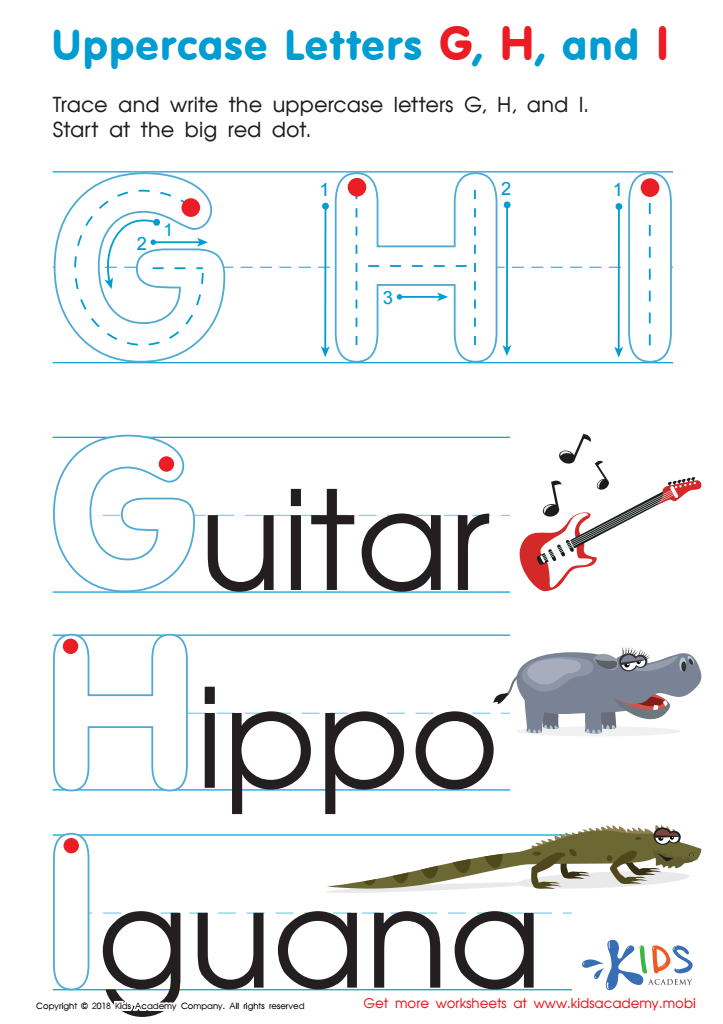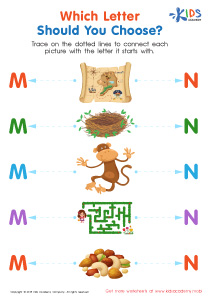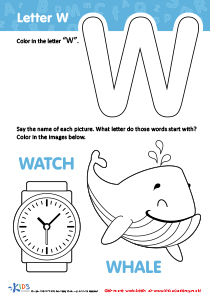Letter formation Normal Kindergarten Tracing Letters Worksheets
3 filtered results
-
From - To
Help your child master the alphabet with our "Letter Formation Normal Kindergarten Tracing Letters Worksheets!" These expertly designed worksheets make learning fun and effective, guiding young learners step-by-step in forming each letter correctly. With clear, bold lines and engaging activities, children can effortlessly practice tracing uppercase and lowercase letters. These printable resources are perfect for enhancing fine motor skills, encouraging correct grip, and building confidence in writing. Ideal for both classroom and at-home practice, our worksheets provide the essential foundation for literacy success. Spark your child's love for learning today with our comprehensive letter formation practice!


Letter P Tracing Page


Uppercase Letters G, H, and I Worksheet


Letter G Tracing Page
Letter formation is a foundational skill in early childhood education, and focusing on proper techniques through activities like kindergarten tracing letters is essential. Parents and teachers should care about this for several key reasons:
Firstly, accurate letter formation supports a child’s literacy development. Proper technique helps young learners recognize and form letters correctly, aiding in their ability to read and write fluently. Early mastery of these skills builds confidence and reduces frustration.
Secondly, fine motor skill development is critical at a young age. Tracing letters helps refine fine motor skills and hand-eye coordination. These skills are crucial not only for writing but also for other daily activities, such as buttoning clothes and using utensils.
Consistent practice with letter formation also instills a sense of discipline and concentration in young learners. Tracing activities encourage focus and patience, traits that benefit them in all areas of learning.
Lastly, positive early experiences with writing and reading foster a love for learning that can last a lifetime. When parents and teachers emphasize and support proper letter formation, children are more likely to enjoy the learning process, setting them on a path toward academic success and lifelong curiosity.
In summary, paying attention to letter formation through tracing in kindergarten is crucial for literacy, motor skill development, focus, and a lifelong love for learning.

 Assign to My Students
Assign to My Students

















